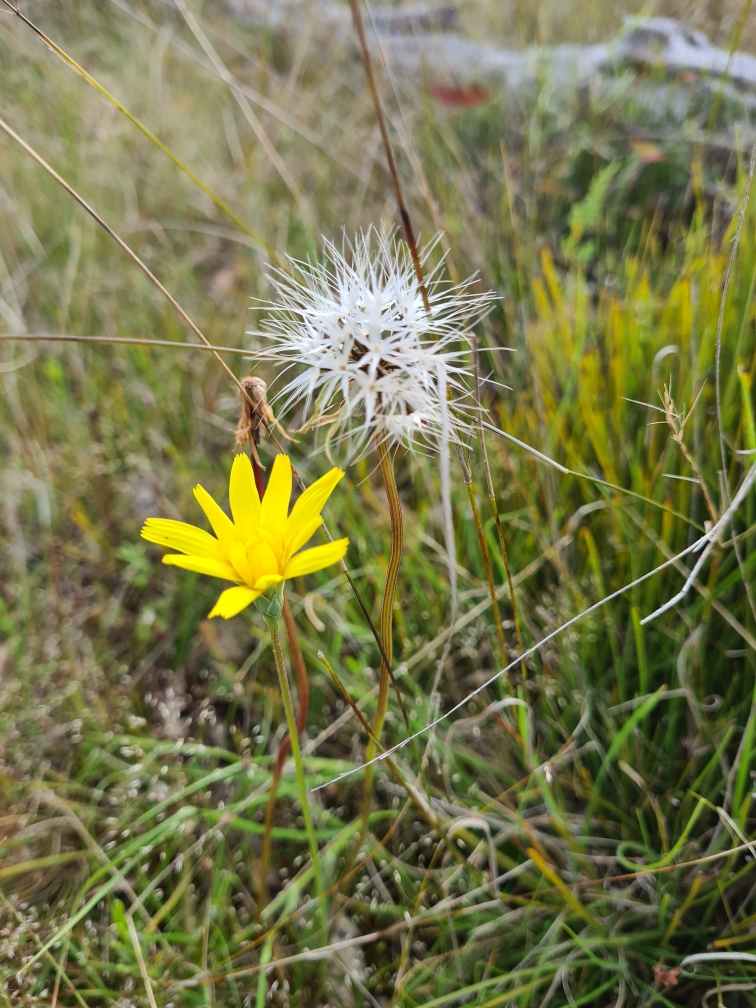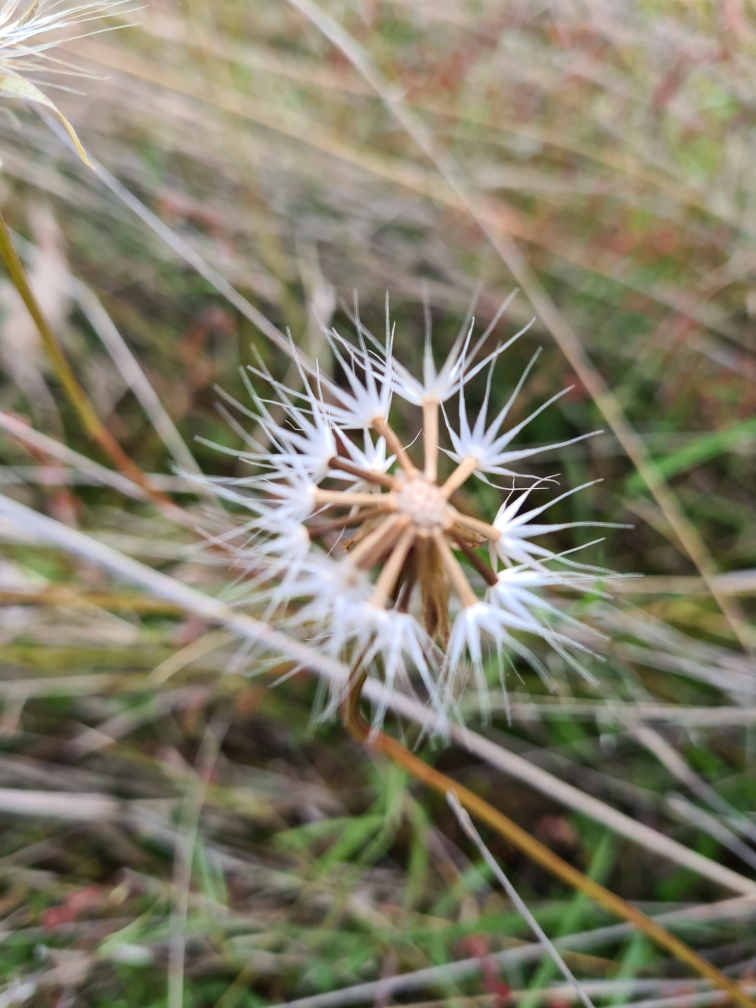Biodiversity Bushwalk. A haven for Yam Daisies!
Published 4th November 2022. Written by Maddison O’Brien
To register for this free event, go to www.watershedlandcare.com.au/events
Spring 2022 has been quite unusual, to say the least. While most of us were looking forward to some nice warm weather and the blooming of our landscapes, La Nina has continued instead to deliver a deluge of rain and some frightfully chilly days. Look hard enough in the right place, and you can still find a plethora of beautiful flower buds and fresh green growth. Our locally native species are waiting to be admired, and on the 27th of November, we’ll set out to find them at a secluded hillside property near Mudgee. Why not come along?

Microseris lanceolata – Murnong Yam Daisy Photo by Kate Hammill Stone

Microseris lanceolata – Murnong Yam Daisy Photo by Kate Hammill Stone
At this picturesque property, you can expect to find a diverse range of plants, from towering stringybark (Eucalyptus macrorhyncha) and grand old white box (Eucalyptus albens) down to the rare murrnong yam daisy (Microseris lanceolata), Bulbine bulbosa (native leek) and Blue Flax-lily (Dianella longifolia). There’s so much to see once you start to look, and we’ll be taking a walk to see what other interesting things we can find while enjoying the stunning views, fresh air and birdlife. Test your native grass knowledge and get your eye in with many different native shrubs, forbs and heaths to discover.
Among the diversity, one of the standouts in abundance at the property is the Murnong Yam Daisy (Microseris lanceolata). Hundreds of years ago this plant was common and was a food staple for Indigenous people. After white settlement and the introduction of sheep and cattle, this dainty, dandelion like plant has mostly disappeared and survives in patches just like you will see at the Biodiversity Bushwalk.
Since acquiring the property a few years ago, the new owners have set out to regenerate and restore the property. Coming from an ecology background, they have some excellent knowledge about what species are returning and a passion for fostering the further flourishing of the place. The landscape so far has been regenerating with no stock pressure, and with the drought-breaking rains, there has been an explosion of life. Not only is there a fantastic diversity of plant species, but there’s also been sighting of mature monitor lizards, wallabies, wombats and even dunnarts!
The property has a fascinating history and story. The custodians will share their vision for the property and discuss some unique challenges. From the creek line up to the rocky ridge, you can see the changes in vegetation and practice your ID skills. Let’s get together and take a walk in nature, off the beaten track and up the hill; we can share our knowledge and chat over a tasty afternoon tea. To register for this free event, go to www.watershedlandcare.com.au/events




